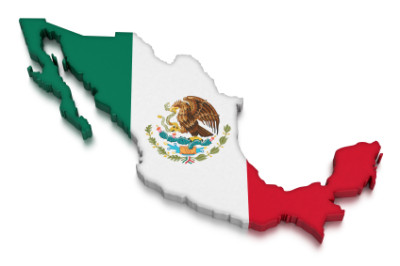In Mexico, the pedimento is the most relevant custom form that importers or exporters use during the importation or exportation of their goods. The pedimento can only be completed by the Mexican customs broker (Agente Aduanal) at the request of the importer or exporter. Even though the pedimento can be reduced to one-page document, the instructions for completing it are lengthy, and tend to be complex. Instead of just listing general information on the form, specific codes must be used. For example, if a pedimento is being completed for a temporary importation of goods for use during a convention, and the goods will be imported through the Nuevo Laredo, Tamaulipas customs checkpoint, the customs broker would not simply insert that particular information on the form. Instead, he must insert these codes: AD and 240, respectively.
The instructions for completing the pedimento require knowing specific information about the goods such as: description, quantity, classification, origin, value, weight, and size. This includes the parties involved, such as the importer, exporter, customs broker, freight forwarder, as well as the places involved, such as, the port of entry, place of delivery, place of shipment, and the use of free trade agreements, among other information. Depending on the type of customs operation, however, not all of these requirements may apply.
The pedimento is also part of the company’s fiscal records as it includes information about the fiscal duties, taxes and fees (merchandise processing, fee, countervailing duties, value-added tax, import or export duty, penalties) and their payment.
Additionally, the pedimento evidences the legal importation of goods. Therefore, whenever a company in Mexico purchases previously imported goods, it must make sure it has the complete information about the importation such as pedimento’s number, date, and place of importation. Preferably, the importer should request a copy of the form. Otherwise, during an audit, the Mexican government may confiscate the importer’s goods.
Normally, an ordinary pedimento is used when importing goods in one single container, or when required, for each specific customs operation. However, there is another type of pedimento called pedimento consolidado (consolidated) which is used for goods that may have different classification codes, or was shipped in different containers and imported/exported at different dates and times. Due to the large amount of customs operations, IMMEXs (Maquilas) are the only ones authorized to use this type of pedimento. There are also pedimentos simplicados (simplified) which are used for certain travelers or individuals importing specific goods valued under $1,000 or $4,000.
Please note that during the customs operation, in addition to the pedimento, when applicable, the importer must file other documents such as the fiscal invoice, bill of lading or air way bill, documents showing trade barrier compliance, origin of the goods, security bonds, weight and volume certificate or laboratory analysis. The exporter must attach an invoice and documents showing trade barrier compliance.

























